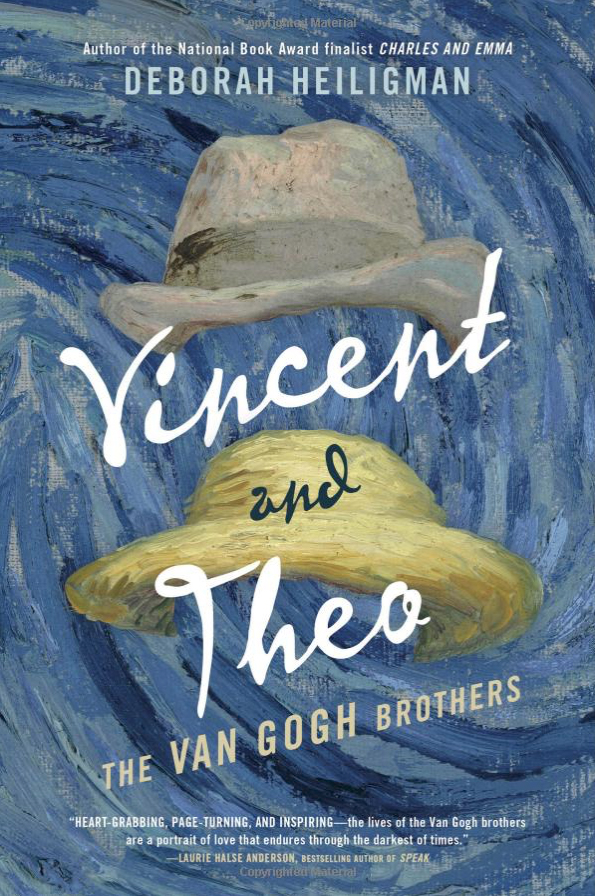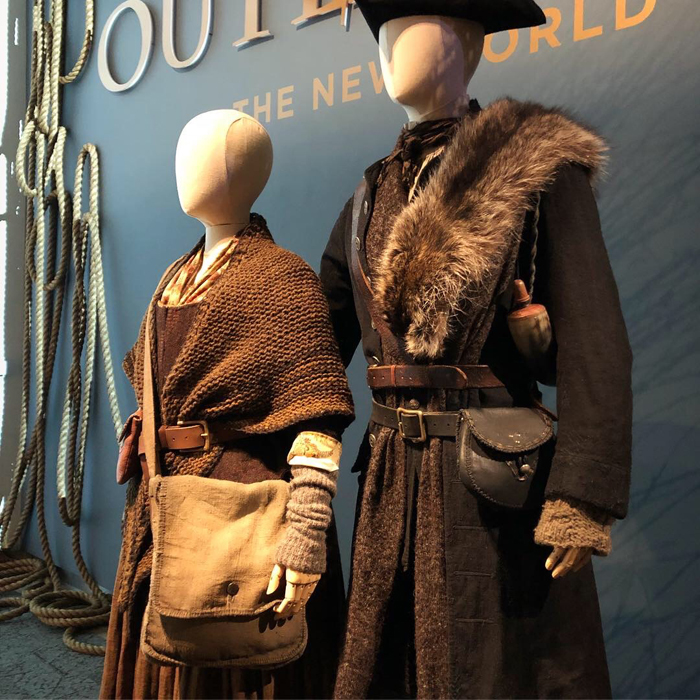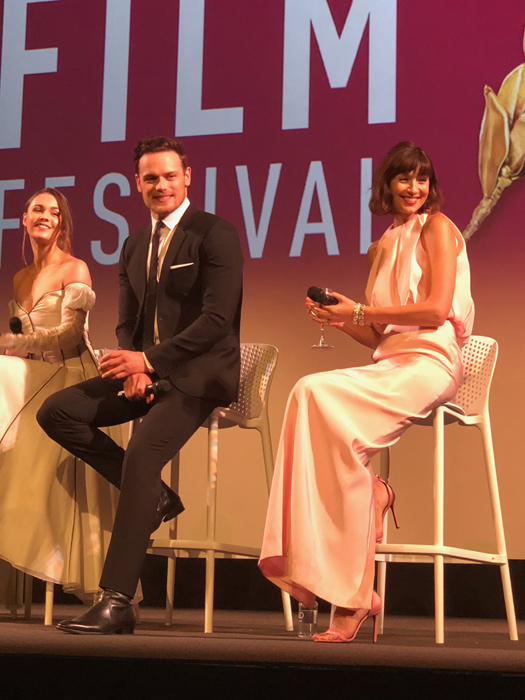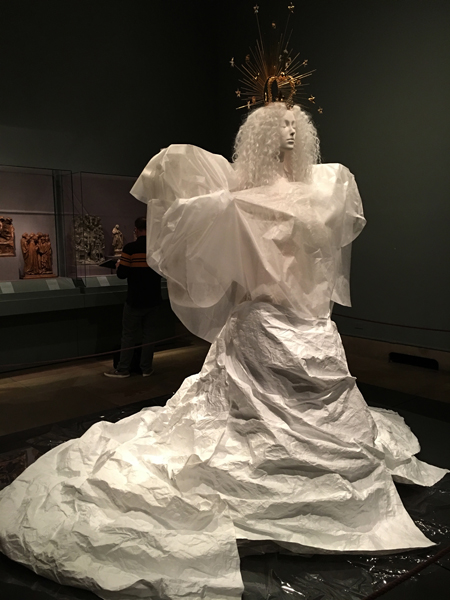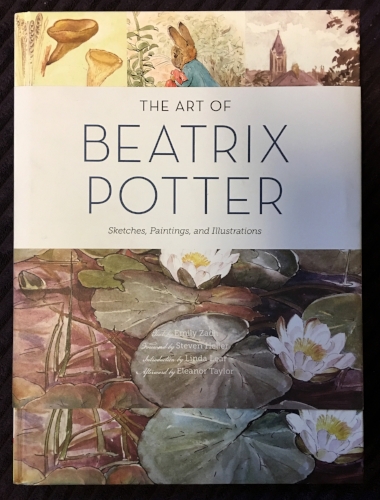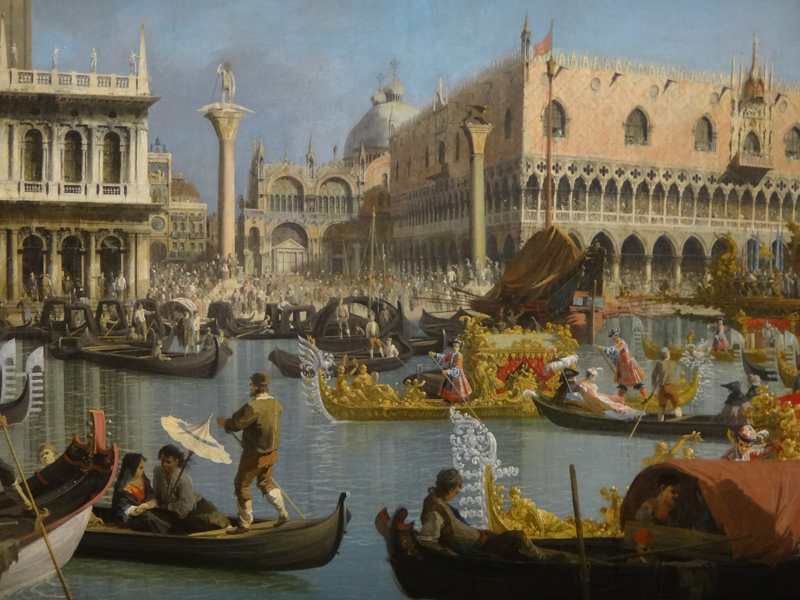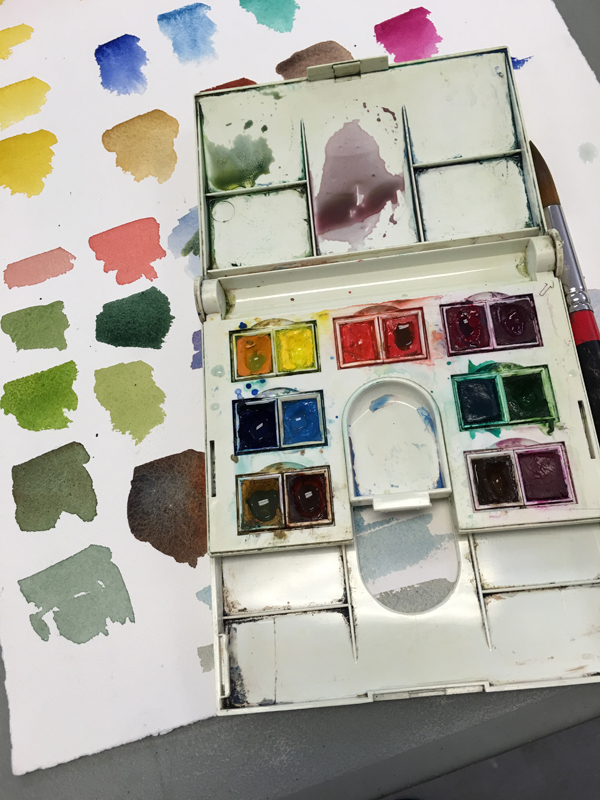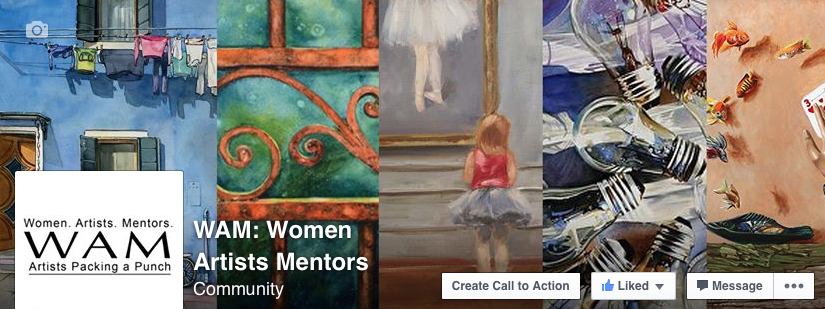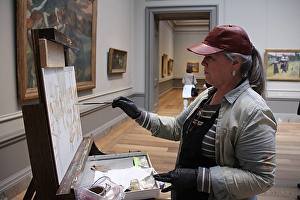July 29, 2019 marks the anniversary of Vincent Van Gogh’s death, one hundred and twenty nine years ago. What better day to share a review on a book, I couldn’t put down and some general bits of information I found fascinating from reading it.
The book is Vincent and Theo, The Van Gogh Brothers by Deborah Heiligman. Organized like a museum each section is called a Gallery as if you were walking from gallery to gallery in a museum looking at paintings that captured the story of Vincent and his brother Theo. I appreciated this before reading the Author’s Note at the end of the book to discover that was her intention. Rather than a tome full of dry facts about Vincent and Theo it reads like a gentle narrative where Heiligman disseminates facts she gleaned from extensive research into a more personal chronicle of an endearing relationship between brothers. It put into persepctive things I didn’t know before aobut the artist and his brother.
Goupil & Cie Gallery, Place de l’Opéra Paris, photo Wikimedia Commons
Vincent started boarding school at age 11 and by age 16 had a job in his Uncle’s firm, Goupil & Ice, as a junior apprentice art dealer.
How did the letters between Vincent and Theo begin? Vincent at age 19 Theo age 15, would take a long walk together in the Dutch countryside, one older brother counseling the other and they made a vow to always love and support each other. After the visit Theo will write a thank you note to Vincent, and thus began a lifelong correspondence with each other by letters.
A drawing of a woman Vincent sent to Theo in a letter, photo Wikimedia Commons
That is until the year between, 1879 and 1880, Vincent age 44 and Theo age 40. After failing as an art dealer, going to 2 seminary schools to become a preacher and failing at that endeavor as well. At his lowest point disappointed in his family for pushing him to make a life for himself and them in him wondering why at age 44 he can not support or take care of himself physically and emotionally, Theo disgusted with Vincent and vice versa, the letters stopped.
Early work around 1879, Mine de Charbon dans le Borinage, when Vincent and Theo don’t correspond, photo Wikimedia Commons
It was then on many of his long walks some more then 50 miles between one country to another, with no money or place to live, camping on the side of the road, Vincent sold some sketches to pay for a few crusts of bread. Not even knowing it at the time his art career began.
The Yellow House, The Street, 1880, photo Wikimedia Commons, from the Van Gogh Museum
In the time he spent in Arles, 144 days, he will have painted two hundred paintings and one hundred drawings. A major accomplishment for any artist, it is here that he grows as an artist and develops his signature style. He paints in all genres, landscape, still lives, portraiture, cafe scenes, interiors. He paints plein air and in the studio in the yellow house in Arles.
Self Portrait, 1888, photo Wikimedia Commons, by the Van Gogh Museum
When Gauguin and Vincent were living together in Arles, although they did encourage each other, Gauguin to Vincent to paint more from his imagination, they fought incessantly. They didn’t agree on the processes the other used to paint. They didn’t agree on artists to admire. Gauguin was more of a rebel rouser, which encouraged Vincent to drink more leading him on a downward spiral for physical and mental health.
Self Portrait, 1889, photo Wikimedia Commons by the York Project
From the infamous incident on Christmas Eve of Vincent delivering his ear to his favorite prostitute in a brothel in Arles, Gaugin was the only witness to the ear being cut from his head. The book speculates that Gaugin may not have been telling the truth. He was a fencer and he did have is fencing swords with him. Could he have been in a heated argument accidentally cutting Vincent’ s ear off? Could Vincent have lied and said that he did it himself? He was always looking after other’s interests more than his own. Is it feasible that he could have lied to protect a friend?
Starry Night, 1889, photo Wikimedia Commons, collection Museum of Modern Art
After recovering from his wound Vincent’s mental health starts to deteriorate, he has episodes, nervous breakdowns, which result in visits in and out of the hospital in Arles. He realizes with the advice from doctors he has a better chance of recovery so that he can continue to pursue painting if he goes the hospital at Saint-Rémy-de-Provence. It is there while continuing to have mental breakdowns, loading his brushes then eating the paint off of them, between bouts of weeks not painting at all, he still produces 150 paintings, some of his most famous, including his series of Irises and Starry Night.
Still life of Irises, 1890 Saint-Rény, photo Wikimedia Commons, collection Metropolitan Museum of Art
I felt after reading the book I got to know an artist that the world admires on a more personal level. He was an extremely intelligent individual well read and spoke several languages. He exuded passion in everything he did and when he finally found his calling as an artist after trying to work in a gallery, becoming a preacher, and teacher, he poured is heart and soul in his work. He spends hours and hours learning to draw, trying to master perspective and the human figure, the latter he was never quite satisfied with and became a constant study for him.
He exhibited his work through Theo, at many of the Impressionist’s exhibitions known as the Exhibitions Independent, with Claude Monet, Degas, Sisley, Gauguin, and Cezanne. In an exhibition in 1890, the same year Vincent is in the asylum at Saint Rémy, Claude Monet tells Theo Vincent’s paintings are the best in the show. Contrary to popular belief, Vincent did sell work before he died, however, his style was way ahead of its time and was appreciated much later.
Portrait of Theo Van Gogh, by Vincent Van Gogh, 1887, photo Wikimedia Commons, collection Van Gogh Museum
He lived for his art and his brother Theo. Without Theo there would be no Vincent and without Vincent there would have been no Theo.
When I lived in France a few years ago my family, and a dear family friend went on a pilgrimage to Auvers-sur-Oise, where Vincent died and was buried. Visiting the attic room where he breathed his last breath, walking the streets, where the last paintings of his life were created were immensely moving, and moments I will never forget. More on that day in a future post.
To leave a comment click here.

